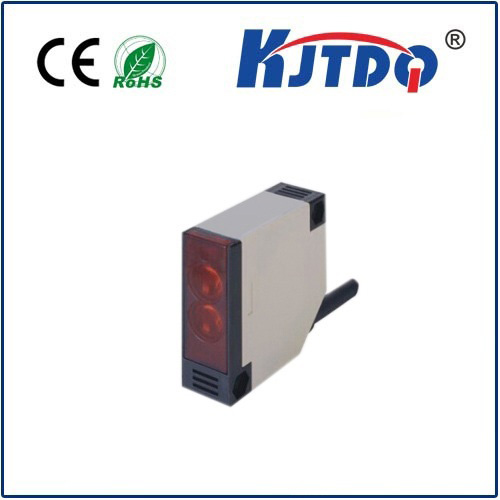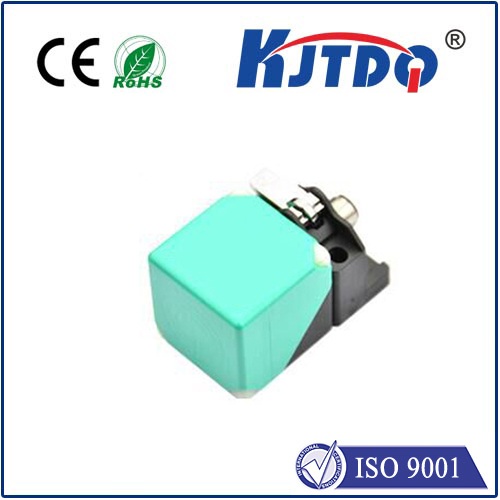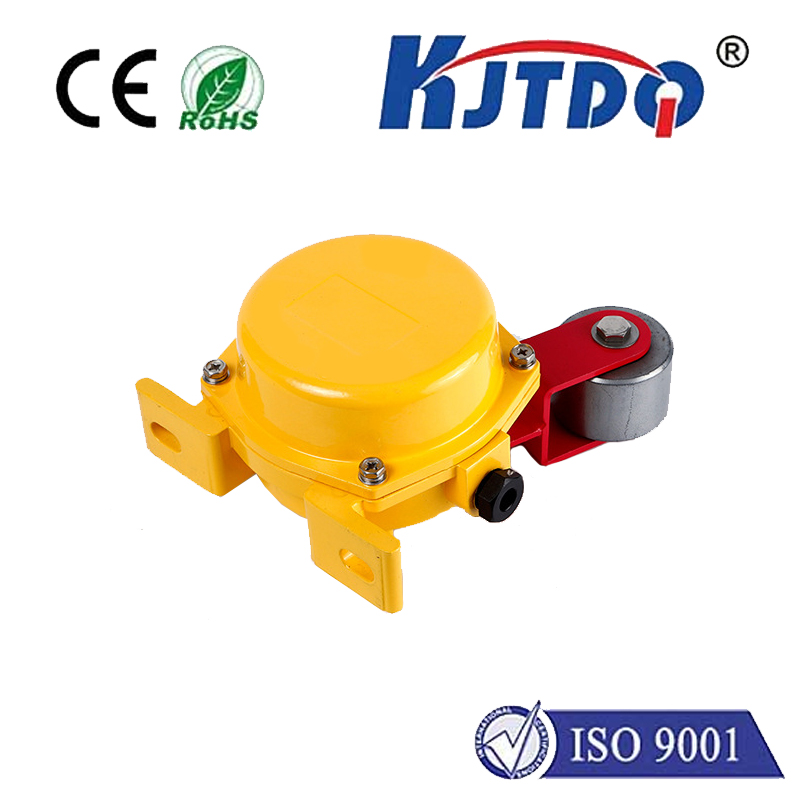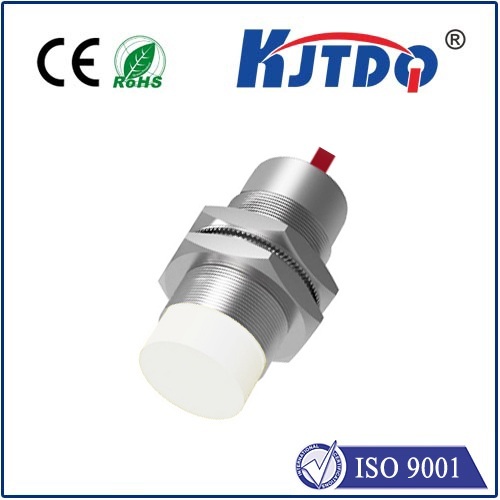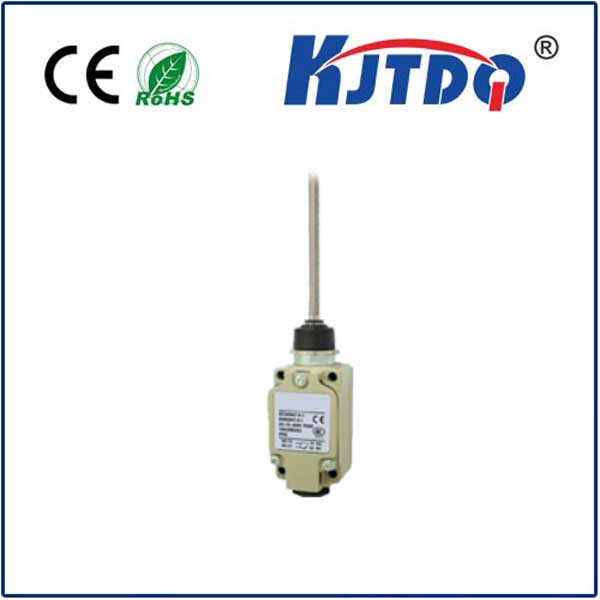

check

check

check

check
In an era where climate change and energy consumption are at the forefront of global concerns, the development of sustainable energy systems has become more critical than ever. The acronym E3S-C stands for Energy, Environment, Society, and Climate, and it represents a comprehensive approach to addressing the challenges of energy production and consumption in a sustainable manner. This article explores the significance of E3S-C, its components, and how it is reshaping the future of energy systems.
The concept of E3S-C is rooted in the idea that energy, environment, society, and climate are interconnected. Energy systems are not only about generating power but also about how that energy is distributed, used, and managed. Environmental sustainability requires reducing carbon emissions, conserving natural resources, and minimizing ecological impact. Social sustainability involves ensuring that energy access is equitable and that communities benefit from technological advancements. Climate sustainability focuses on mitigating the effects of global warming and promoting resilient energy solutions.

At the heart of E3S-C is the integration of energy systems with environmental, social, and climate considerations. This holistic approach ensures that energy policies and technologies are aligned with the long-term health of the planet. For example, renewable energy sources like solar and wind power are central to E3S-C, as they offer a cleaner alternative to fossil fuels. However, the adoption of these technologies must be balanced with environmental concerns, such as land use and resource allocation.
One of the key aspects of E3S-C is the emphasis on smart grids and energy efficiency. Smart grids use digital technology to monitor and manage the flow of electricity, enabling more efficient distribution and reducing wastage. Energy efficiency measures, such as smart thermostats and energy-saving appliances, are also integral to the E3S-C framework. These innovations not only reduce energy consumption but also lower greenhouse gas emissions, contributing to a more sustainable future.
Another important element of E3S-C is the role of policy and governance. Effective policies that promote renewable energy, set carbon emission targets, and encourage sustainable practices are essential for the successful implementation of E3S-C. Governments and international organizations must work together to create an environment where innovation and sustainability can thrive.
The concept of E3S-C is also gaining traction in the academic and research communities. Scholars are exploring how E3S-C can be applied to various sectors, including transportation, industry, and agriculture. For instance, in the transportation sector, E3S-C encourages the development of electric vehicles and public transit systems that reduce reliance on fossil fuels. In agriculture, it promotes the use of renewable energy for irrigation and livestock management, reducing the environmental footprint of farming.
In conclusion, the E3S-C framework represents a transformative approach to energy systems that addresses the complex interplay between energy, environment, society, and climate. By integrating these elements, E3S-C offers a pathway to a more sustainable and resilient energy future. As the world moves toward a low-carbon economy, the principles of E3S-C will become increasingly vital in shaping the direction of energy policy and technology.
